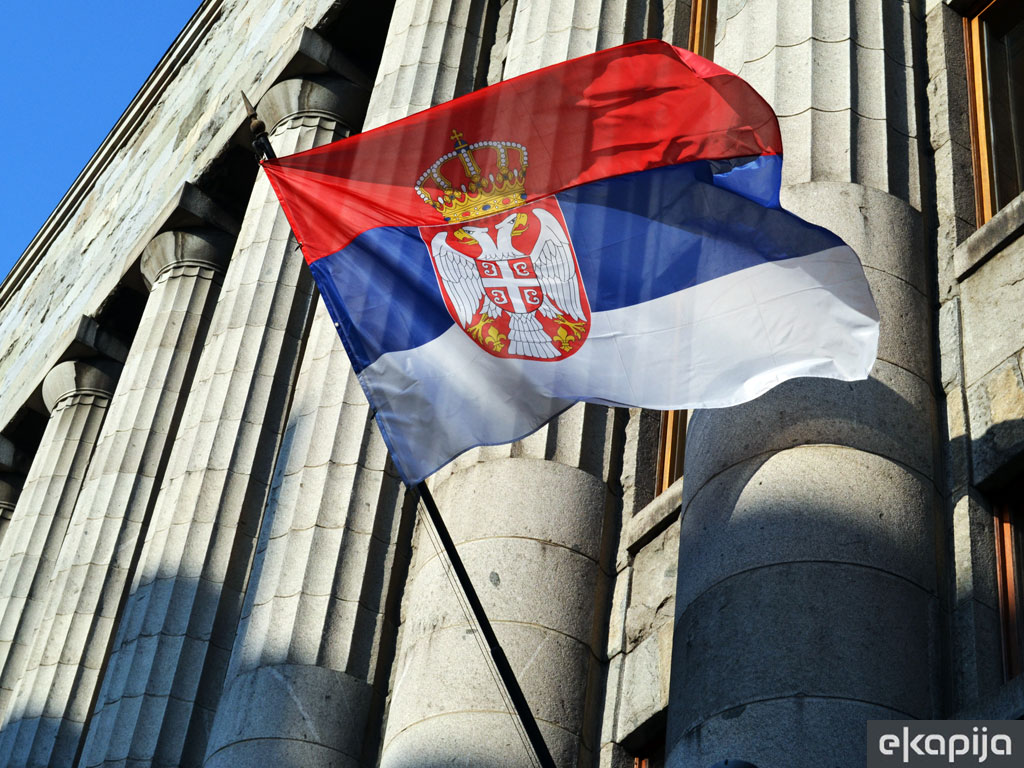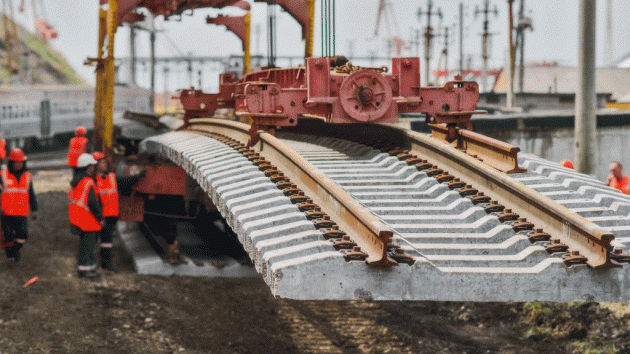Twenty-Two Key Economic Reforms Planned from 2022 to 2024
 Wednesday, 27.10.2021.
Wednesday, 27.10.2021.
 14:48
14:48

The main goal of this structural reform is for the Tax Administration to become an organization characterized by modern digital business, the document says.
Furthermore, the Tax Administration needs to be oriented to providing services to taxpayers, the services need to be provided in line with the best international standards and there needs to be a risk analysis which enables an efficient use of the available resources for the optimization of revenue collection.
The reform entails three components, the first of which is an integrated information system based on COTS, which cross-references and checks the data of the Tax Administration and third parties to the end of detecting taxpayers that don’t operate in line with the regulations (the procurement and beginning of the implementation of COTS is expected in 2022).
The second component is a personal e-Portal adapted to each taxpayer, which is a module for direct communication between individuals and the Tax Administration, and the third is an improvement of the professional education of the tax administration workers at the Tax Academy.
Three key challenges for the competitiveness and inclusive growth and the related structural reforms are cited.
The first challenge is how to increase the employment rate, especially among the young, and how to harmonize the qualifications with the needs of the labor market, and the related reforms are: establishing the framework for the implementation of Guarantees for the young in Serbia, qualifications oriented toward the needs of the labor market and improving the environment for the stimulation, support and monitoring of circular and economic migrations.
The second challenge is how to improve the business environment so that it is more favorable for investments, and the reforms are: improving the quality of the provision of public services through the optimization and digitization of administrative procedures – ePapir, sustainable and efficient management of business entities owned by Serbia (PSRS) and developing the local capital market by implementing new legal institutes and securing a higher degree of investor protection.
The third key challenge is a more efficient use of energy with the further opening of the energy market, and the reforms are: developing the energy market with the construction of energy infrastructure and improving the conditions for the increase of energy efficiency through the upgrade of the legal and institutional framework and securing investments.
When it comes to the field of public finance management, the planned reforms are: the transformation of the Tax Administration and the implementation of a new fiscalization model and a switch to an electronic invoice issuing.
In the field of green transition, the reforms are: the implementation of the concept of circular economy and the establishment of a depositing system in the field of packaging waste management.
In the field of digital transformation, the planned reforms are: the development and upgrade of the national information-communications infrastructure and the establishment of the infrastructure and the environment for the creation and implementation of innovative solutions and solutions based on artificial intelligence.
In the field of research, development and innovations, the reforms are: the development of a startup ecosystem and the creation of the conditions for the development of biosciences and bioeconomy through the construction of the BIO4 Campus.
When it comes to the reform in the field of economic integration, the reform is: the improvement of the conditions and the removal of obstacles to trade.
In the field of the reform of the transportation market, the planned reform is the reform of the railway system through the improvement of rail traffic safety and the efficiency of passenger traffic. In the field of agriculture, industry and services, the reforms are: the improvement of the competitiveness of agriculture and safe and quality products – a factor in the development of the industry.
In the field of education and skills, the reform is the digitization of the education system and the implementation of a single information system for education.
When it comes to the final two fields, social protection and inclusion and systems of health protection, the reform is the digitization in the health system.
Naš izbor
Most Important News
06.04.2024. | Agriculture
Preconditions for Placement of Fresh Blueberries and Dried Plums in Chinese Market Secured

16.04.2024. | News
Jovan Ciric, Leasing Director Retail MPC Properties – MPC Echo symbolizes our desire for good ideas and innovative endeavors to spread freely and bring about positive changes

16.04.2024. | News
10.04.2024. | Finance, IT, Telecommunications, Tourism, Sports, Culture
Creative Industry – What This Serbian Economy Sector Worth EUR 2 Billion Encompasses

10.04.2024. | Finance, IT, Telecommunications, Tourism, Sports, Culture
24.04.2024. | Construction, Healthcare
Price of construction of Tirsova 2 increases to EUR 141.6 million – Contract awarded to consortium of 10 companies

24.04.2024. | Construction, Healthcare
16.04.2024. | News
Economy Fair in Mostar opens – 26 companies from Serbia exhibiting

16.04.2024. | News
24.04.2024. | Construction, Transport
Dates of publishing of tenders for construction of three sections of fast railroad from Belgrade to Nis known

24.04.2024. | Construction, Transport


 Izdanje Srbija
Izdanje Srbija Serbische Ausgabe
Serbische Ausgabe Izdanje BiH
Izdanje BiH Izdanje Crna Gora
Izdanje Crna Gora


 News
News













